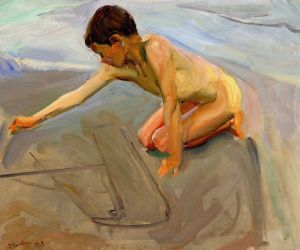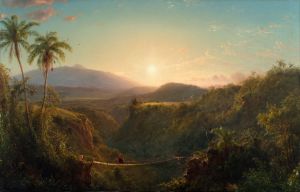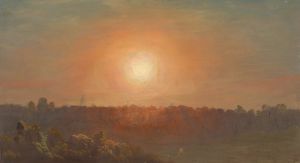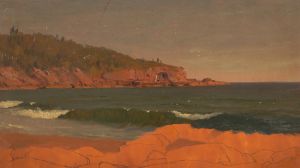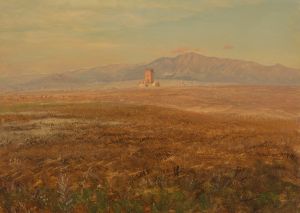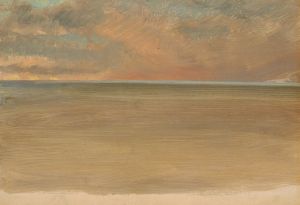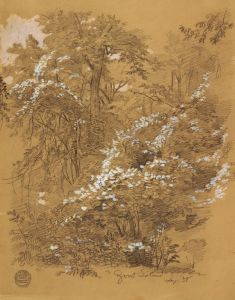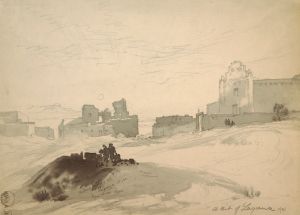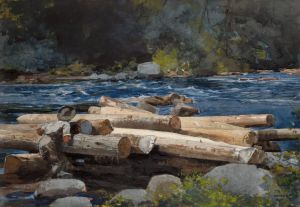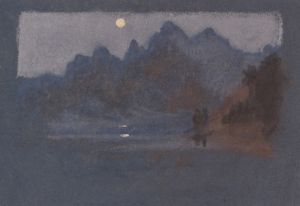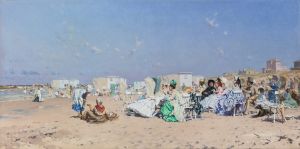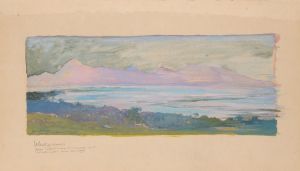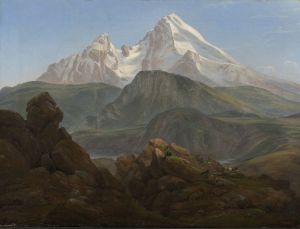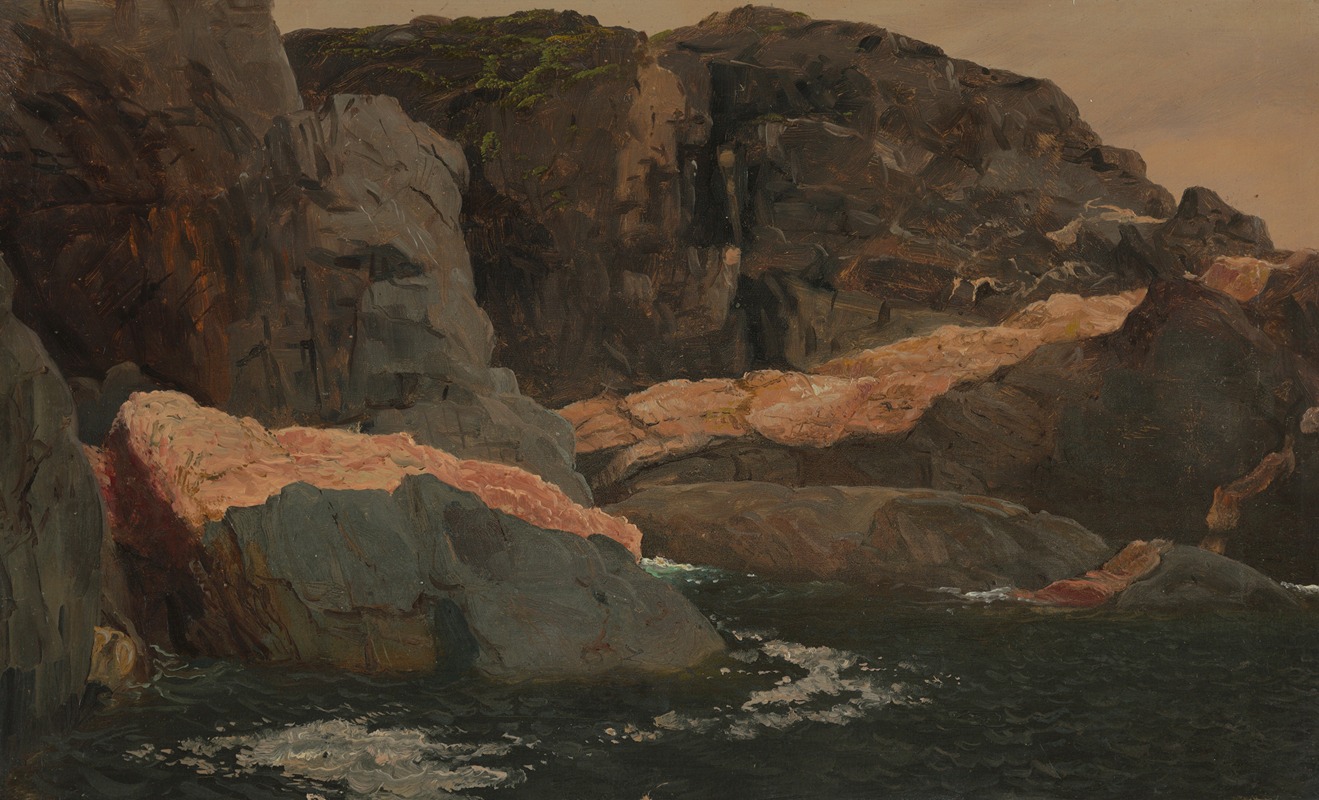
Laborador, Big Island, Battle Harbor
A hand-painted replica of Frederic Edwin Church’s masterpiece Laborador, Big Island, Battle Harbor, meticulously crafted by professional artists to capture the true essence of the original. Each piece is created with museum-quality canvas and rare mineral pigments, carefully painted by experienced artists with delicate brushstrokes and rich, layered colors to perfectly recreate the texture of the original artwork. Unlike machine-printed reproductions, this hand-painted version brings the painting to life, infused with the artist’s emotions and skill in every stroke. Whether for personal collection or home decoration, it instantly elevates the artistic atmosphere of any space.
Frederic Edwin Church was a prominent American landscape painter and a central figure in the Hudson River School, an art movement known for its romantic portrayal of the American wilderness. Church's work is celebrated for its meticulous attention to detail and dramatic use of light and color, often capturing the sublime beauty of nature. One of his lesser-known works is "Labrador, Big Island, Battle Harbor," which reflects his interest in exploring and depicting remote and rugged landscapes.
Church was known for his extensive travels, which greatly influenced his artistic output. In the summer of 1859, he embarked on a journey to Newfoundland and Labrador, regions that were relatively unexplored by artists of his time. This trip was part of his broader interest in capturing the diverse and majestic landscapes of the Americas. The journey to Labrador was particularly challenging due to its harsh climate and difficult terrain, but Church was determined to document the unique scenery he encountered.
"Labrador, Big Island, Battle Harbor" is one of the paintings resulting from this expedition. Battle Harbor, located on the coast of Labrador, was a significant fishing station and a hub for the cod fishing industry during the 19th century. The painting captures the rugged beauty of the Labrador coast, with its rocky shores and expansive views of the sea. Church's depiction of this remote location highlights his skill in rendering the intricate details of the natural world, from the texture of the rocks to the play of light on the water.
Church's work from this period is characterized by its emphasis on the grandeur and vastness of the natural environment. He often employed a panoramic perspective, allowing viewers to immerse themselves in the scene. In "Labrador, Big Island, Battle Harbor," Church's use of light and shadow creates a sense of depth and drama, drawing attention to the interplay between the land and sea. The painting reflects Church's fascination with the untamed beauty of the North American landscape and his ability to convey its majesty on canvas.
While "Labrador, Big Island, Battle Harbor" may not be as widely recognized as some of Church's other works, such as "The Heart of the Andes" or "Niagara," it remains an important part of his oeuvre. It demonstrates his commitment to exploring and documenting the diverse landscapes of the Americas, as well as his technical prowess in capturing the essence of these environments.
Church's paintings, including "Labrador, Big Island, Battle Harbor," are celebrated for their ability to evoke a sense of wonder and appreciation for the natural world. His work continues to be studied and admired for its artistic and historical significance, offering insights into the 19th-century American landscape and the cultural values of the time. Through his art, Church invites viewers to contemplate the beauty and complexity of the natural world, encouraging a deeper connection with the environment.





